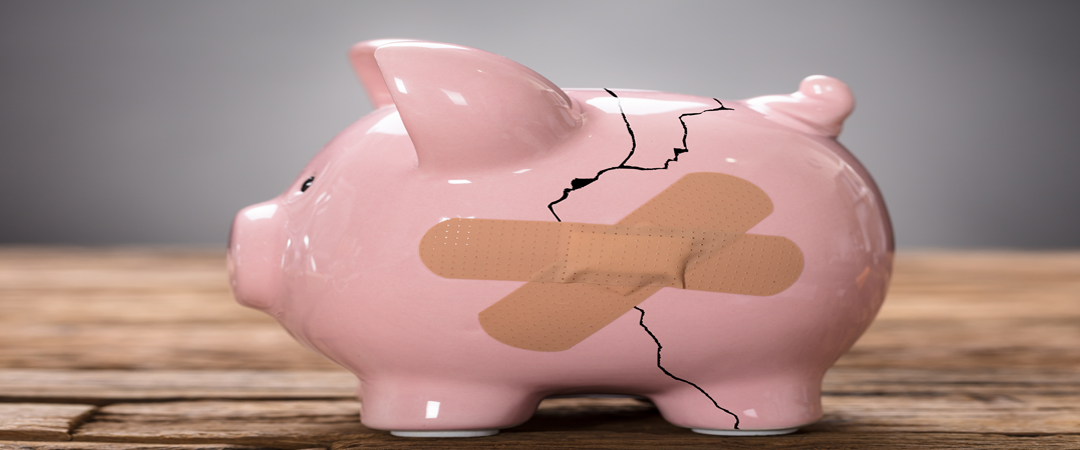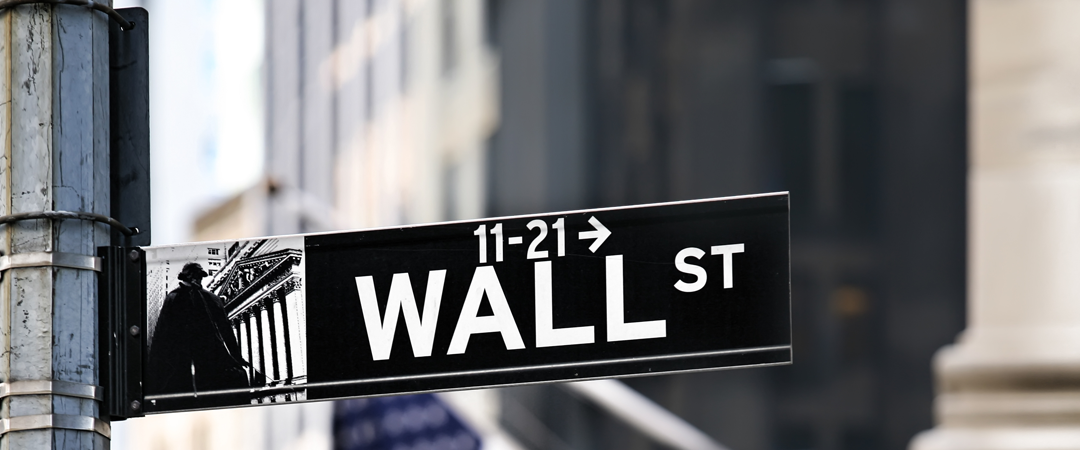TIMELY MARKET UPDATES

Recovery Momentum Slows, Small Businesses Face Permanent Closures, and Equities Extend November’s Historic Rally
The recovery appears to be slowing as we move into winter and daily Covid deaths in the U.S. hit their highest level since May. Manufacturing growth is losing momentum, the slow return to the office has reversed course, and a staggering number of small businesses face closing their doors for good. We’re reminded again though that the stock market is not the economy as the S&P 500® Index kicks off December with another record close and nearly 93% of index members above their 200 day moving averages, extending November’s historic rally. Could last month’s historic growth be fueling some overconfidence though? Meanwhile, treasury yields spiked yesterday on hopes of a bipartisan relief package, but what does the future hold for fixed income after 2020’s record bond issuance?

Durable Goods Orders Approach Full Recovery, the Market Rotation Continues, and Nasdaq Trading Hits 15-year High
October Core PCE inflation declined in line with expectations and remains below the Fed’s 2% target at 1.4%. Durable goods orders meanwhile surprised to the upside and are approaching a full, and v-shaped, recovery. Is the broader economic recovery set to become even more “K shaped” though as pandemic-specific unemployment programs—currently utilized by 13 million+ Americans—approach a December 26th expiration date? The market rotation continues meanwhile as small caps benefit from improving financial conditions and vaccine optimism. Are the same forces fueling the surge in Nasdaq trading, which just hit a 15-year high?

Americans Face Eviction, Equities Hit New Highs While Dividends Get Slashed, and the Fed Thinks Long Term
Happy early Thanksgiving Fireside Charts readers! While we’re grateful for our families, our jobs, and our homes this Thanksgiving, we’re reminded that many are not so lucky—particularly in 2020—and are facing struggles that are likely to worsen in the coming months. A wave of foreclosures and evictions is approaching, many are being pushed out of the workforce, and small businesses are wading further into debt to stay afloat. And the market may have hit new highs recently—the Dow crossed the 30,000 milestone for the first time ever yesterday—sending sentiment soaring, but dividend suspensions and decreases have also spiked this year, surpassing 2008 levels. Could we be due for a pullback? The Fed meanwhile has focused much of its attention on purchasing longer-term treasuries this year, but how will inflation come into play? Finally, the manufacturing sector looks to be holding up well both here and abroad, and growth is accelerating here in the U.S. Will the trend continue into the winter?

New Records from Equities, the Housing Market Erases Some Great-Recession Damage, and the Fed’s Busy 2020
Many Americans will be celebrating Thanksgiving in a new home this year—the pandemic-induced housing boom remains red hot as housing completions climb and mortgage rates sink ever lower. Paying for those homes (among other things) may soon grow more difficult for many though, as heavily utilized pandemic unemployment assistance programs are set to expire on December 26th and Congress remains stalled on the next round of stimulus. Meanwhile, it’s been a strong couple of weeks for equities following a slew of good news on vaccine progress: global equities saw their largest 2-week cash inflow on record and the Dow, the S&P 500® Index, and many emerging market indices have recently clinched new record highs. Will AstraZeneca’s announcement of yet another promising vaccine contender add fuel to the fire heading into the holiday season?

The Jobs Recovery is Losing Traction, A Look at Housing, and Multiple Emergency Lending Facilities Set to Close
The jobs recovery is slowing and is poised to struggle further this winter if the current explosion in new Covid cases continues at the same pace. More than 10 million jobs have been lost since the onset of the pandemic, and the typical duration of unemployment is climbing. Though many used stimulus payments and curbed spending to pay off debt, negotiations on additional funding stalled in Congress this summer, and now many—particularly renters—are faced with being unable to afford their homes, even as the housing market itself enjoys significant growth. The market rotation has continued this week as investors pile into small caps, Energy, and other sectors that have struggled under Covid. Under pressure from the Treasury Department, many of the Fed’s emergency lending programs are being shuttered—though the decision is not without controversy. Will the stability these programs provided in the early days of the pandemic last if Congress “reappropriates” their funding?

Manufacturing Weakens, New Index Highs, and Is a Rotation to Value Stocks Finally Gaining Traction?
Manufacturing has slumped in the Empire State, underperforming expectations and coming in at 6.3 as businesses increasingly feel the weight of surging Covid cases. The Dow and the S&P 500® Index both hit new all-time highs on the Moderna vaccine news, and stocks favored by retail investors also saw a significant bump—could equally emotional reactions drive future volatility as vaccine developments and record case counts battle for column inches? Value sectors like Energy and Financials also climbed on the news in what could be a long-anticipated rotation away from growth stocks. The USD meanwhile has continued to weaken as the Yuan climbs—could it help the U.S. narrow the trade gap with China?

S&P Hits New Highs as Covid Cases Spike, The Recovery Slows, and Yields Climb
The S&P 500® Index closed at a record high on Friday as optimism on vaccine progress—which we heard more good news on this morning—battled a dramatic and accelerating spike in Covid cases. That spike is making its presence felt in the larger economic recovery though, where momentum has slowed. Small caps and the energy sector both enjoyed a boost themselves last week in what could become an interesting reversal of established trends. Meanwhile, yields have continued to rise as the Fed’s balance sheet soars to new heights… will that climb be complicated by the ongoing push-pull between spiking Covid cases and progress toward a vaccine?

Sector Vaccine Sensitivity, the CPI Fell to 0.0 in October, and the Impacts of Massive Bond Issuance
Spiking Covid cases have undercut some of the market optimism following the announcement of Pfizer’s vaccine progress on Monday, but the market reaction offers some interesting insight into the “vaccine sensitivity” of various sectors—something we’ll be keeping an eye on as trials continue and results flow in. Meanwhile, the recent flood of new bond issuance could make its presence felt everywhere from CPI—which remains subdued at a reading of 0.0—to the growing spread between growth and value stocks. The U.S. hit a record October deficit of over $284 billion; will the bond market become even more crowded in an attempt to address it with new debt?

A Look at Infrastructure Spending and Evaluating the REIT & High-Yield Rallies
Infrastructure spending—a popular form of economic stimulus—is increasingly being shouldered by state and local governments, where investment has established a downward trend over the past 60 years. With local governments already stretched thin during the pandemic, will they face obstacles attempting to employ this particular policy move? REITs have established some upward momentum lately, but they may face headwinds as offices continue to close and subleases surge in the work-from-home era. And junk bond yields climbed on vaccine news, but not before hitting a new record low on Monday. Highly leveraged companies have been particularly vulnerable during the pandemic—have many already passed the point of no return, and could it spell trouble for high yield investors?

From the Desk of the PM: Elation and Reality… Breaking Down the Vaccine News and Market Reaction
Mid-November saw stocks surge on the Pfizer vaccine story. Yet there remain some cold, hard facts.
